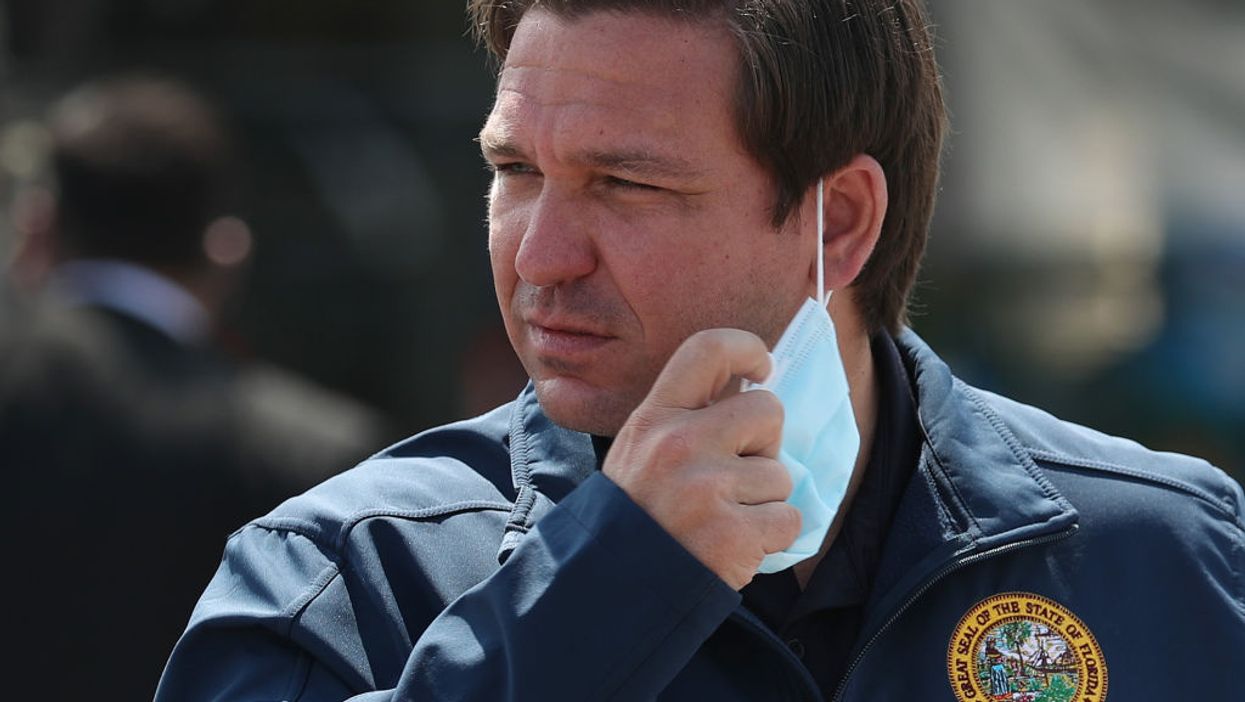
Photo by Joe Raedle/Getty Images

There's still a belief that bad news sells
The media's partisan bias is well known and has often been commented on, but people often forget that the media's strongest bias is not toward Democrats, but rather toward bad news and panic. Bad news and panic are believed by media execs to be better for a media company's bottom line, so they will always default toward inflating either, especially if they can criticize Republicans in the process.
Traditionally doctrine is that there's no ratings in a story that tells people that everything is fine and that there's no reason to worry. If you want eyeballs, tell people they should be scared and panicking and watching their TV for the latest breathless update.
So the media has been extremely invested in the narrative that states that opened early — like Florida, Georgia, and Texas — are literally killing people. The only acceptable narrative in media world is that we all must remain locked in our houses forever, as states like California, Oregon, and Minnesota are suggesting.
The only problem with this narrative are the facts.
As TheBlaze's Aaron Colen noted yesterday, the number of new cases per day in Florida and Georgia has been consistently going down since they reopened, although the media is dishonestly suggesting otherwise.
Other states that reopened early or allowed their stay-at-home orders to expire at the end of April like Oklahoma and Tennessee have also seen their new cases per day decrease. Meanwhile, states that seem poised to stay closed forever, and have taken much more aggressive steps to keep people at home (like Oregon, California, and Minnesota) are seeing huge increases.
It should be noted in fairness that locked down places like New York and Michigan are seeing declining cases, while South Dakota, which never fully locked down, is seeing perhaps the highest increase in daily cases in the country.
The overall picture, then, appears to be that there simply isn't a correlation right now between opening early and a spike in new coronavirus cases. The virus appears to be taking its own course based on a variety of factors unique to each area, and one of the main factors in new positive cases — the availability of testing — is not evenly distributed across the country.
An eyeball glance at this map provided by Axios would lead any objective observer to conclude that the variable that's getting the most attention — whether or not states reopened in April — appears to have no correlation with increased spread of the virus. There are 11 states that saw more than a 10% increases in new cases during the week of May 4-11. Six of those states — California, Oregon, Minnesota, Kentucky, Maine, and Delaware — remained totally closed through May 11. Two others (Arizona and North Carolina) remained completely closed through May 8. Two others (Arkansas and Alabama) permitted very limited openings the first week of May (and Alabama has since put some of those restrictions back into place). The remaining state, South Dakota, never had a stay-at-home order. Meanwhile, a large number of states that reopened early have either seen decreases or have seen their cases remain essentially flat.
However, there's no panic and bad news in a story that says, "Good news, if your state allows people out of their houses, that appears to have no effect on the spread of the coronavirus." And that's why you shouldn't expect to see many of those stories, even though that's what the facts show.